
Channel morphology, the study of the form and structure of river channels, plays a pivotal role in diverse fields such as transportation, settlement planning, land use management, flood control, and flood management. The dynamic nature of river channels, shaped by a combination of natural processes and human activities, significantly influences the spatial organization and functionality of landscapes. Understanding various aspects of channel morphology, including channel shape, bed and bank characteristics, sediment transport, and meander patterns, enables professionals in different domains to make informed decisions and implement strategies for sustainable development. This interdisciplinary approach ensures that river systems are harnessed efficiently for transportation, while also considering the implications for settlement patterns, land use planning, and effective flood control and management measures.
Answer
Since the 1970s Applied geomorphology has been a dominant paradigm in geomorphic studies. Understanding of channel morphology for better planning and management holds special significance in this regard. Channel morphology is the physical characteristic of a river and its surrounding environment and hence plays an important role in planning for transportation, settlement patterns, in land use planning and in planning for disaster resilient spaces.
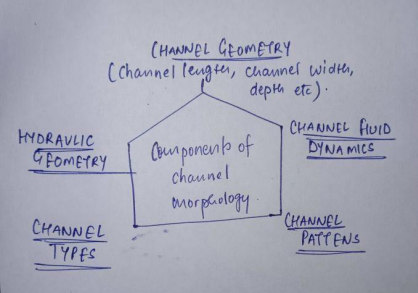
Use of Channel morphology in planning for transportation:
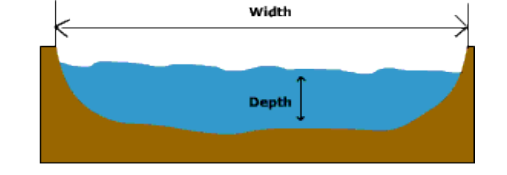
- Understanding about channel bed topography and channel bed configuration helps in better management of planning for transportation arteries Example:bedrock channels are not suitable for the development of inland Waterways while soft alluvial channels are conducive for Inland waterways development.
- Channel width and Depth give an idea about whether a channel can accommodate larger and deeper vessels thus promoting navigation capabilities and waterborne transportation.
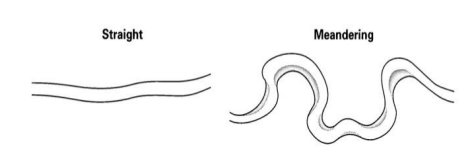
- Straight channels are better for planning water transport as they help in reducing the distance and thus promote efficiency while meandering channels are not conducive for efficient transportation networks.
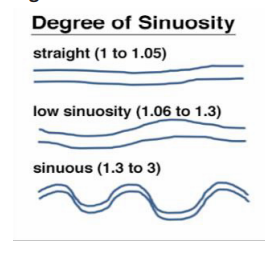
Use of channel morphology in settlement and land use planning:
- Understanding the channel pattern is a crucial component in planning safe and disaster resilient settlements for eg. Settlements are generally avoided in vicinity of rivers having a very high sinuosity index and meandering courses.

- Helps in achieving better flood zonation and vulnerability analysis for flood-prone areas.
Use of channel morphology in Flood control and flood management:
- Flood plain mapping and knowledge about natural flood plain boundaries is important for planning safer settlement complexes.
- Knowledge of channel morphology and its various components helps identify flood prone areas thus help in better flood risk zonation.
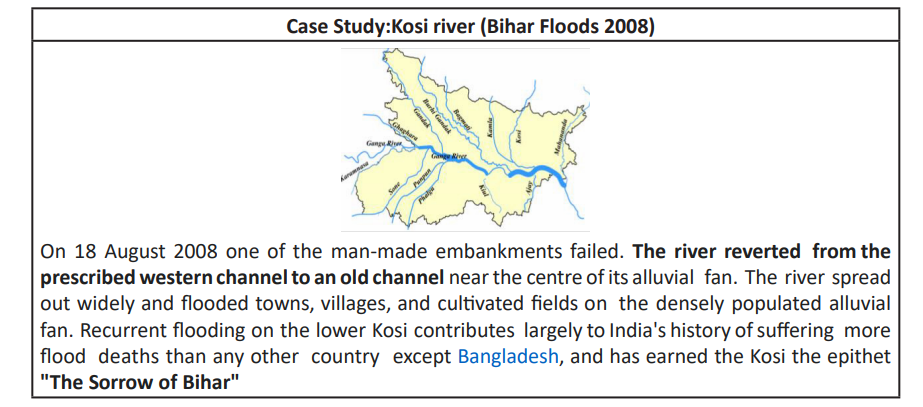
- Flood control can be better managed by understanding channel characteristics which aids in channel engineering to increase channel’s capacity to carry water.
- Channel bed configuration ie.alluvial or bedrock give an idea about siltation and requirement of dredging in order to control frequent channel breaches.
Thus channel morphology data is crucial for informed decision making in varied aspects of transportation planning,flood control and settlement planning.It ensures that infrastructure is resilient to natural watercourse dynamics and reduces the risk of flooding and its associated hazards.
In case you still have your doubts, contact us on 9811333901.
For UPSC Prelims Resources, Click here
For Daily Updates and Study Material:
Join our Telegram Channel – Edukemy for IAS
- 1. Learn through Videos – here
- 2. Be Exam Ready by Practicing Daily MCQs – here
- 3. Daily Newsletter – Get all your Current Affairs Covered – here
- 4. Mains Answer Writing Practice – here

